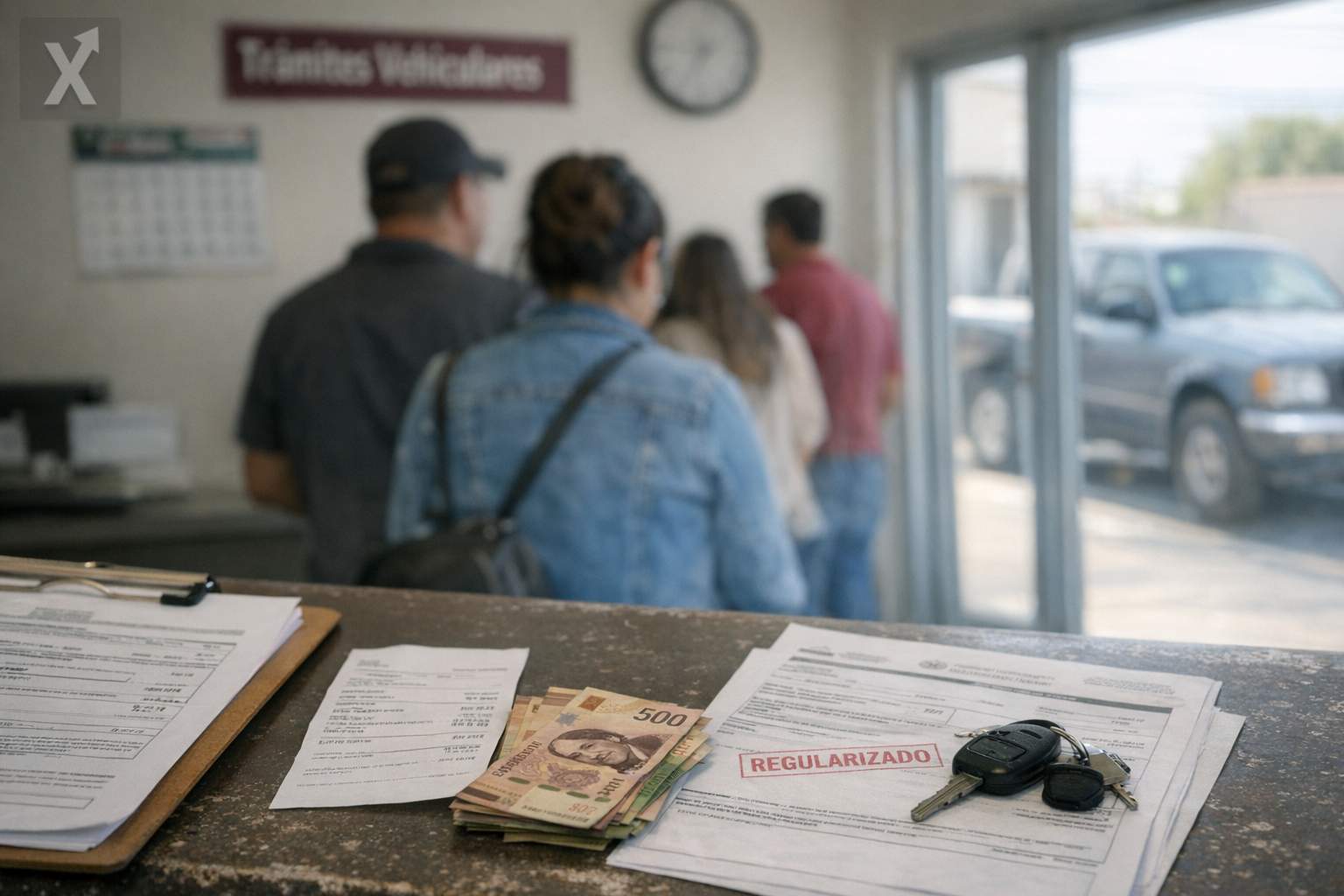Banxico Signals Gradual Monetary Easing; Warns of Caution Due to Persistent Core Inflation

The latest minutes from the Bank of Mexico’s (Banxico) Governing Board indicate that the monetary authority will maintain a path of gradual rate cuts if conditions allow. Most board members believe that the slowdown in economic activity, exchange rate behavior, and the external environment—including possible changes in global trade policies—would help inflation continue to ease towards the target.
In contrast, Deputy Governor Jonathan Heath reiterated a more cautious stance. He noted that core inflation—a key reference for assessing medium-term trends—has struggled to show sustained declines, and advocated for maintaining a degree of monetary restraint until clearer progress is observed towards the 3% goal. Most members agreed that the recent rebound in core inflation is mainly explained by goods, which has partially offset the moderation seen in services.
On the real economy front, several members highlighted that the economy continues to display less dynamism, with slack conditions that could widen. They noted that private investment is showing mixed signals in an environment of increased caution, while consumption is beginning to cool after months of resilience. Factors such as exchange rate volatility, global logistics costs, and weakness in some manufacturing components are also weighing on the outlook.
Banxico began its easing cycle in 2024 with a cautious approach and, at times, split decisions. Although the nominal rate has started to come down from its peak, the ex-ante real rate remains high compared to other regional peers, partly to safeguard the anchoring of expectations and the spread versus the Federal Reserve. The future path will depend on actual and expected inflation, wage dynamics, administered prices, and the pass-through from exchange rates to consumer prices.
On the external front, risks associated with potential changes in trade policy—particularly due to the US electoral cycle and the review of the USMCA in 2026—remain on the radar. Added to this are cost pressures from supply chain disruptions and climate shocks that have impacted agricultural prices. On the positive side, nearshoring of investments offers structural support to manufacturing and related services, though full realization depends on regulatory certainty and improvements in energy and water infrastructure.
For households and businesses, a gradual path of rate cuts could translate into a slow but steady relief in credit costs, with delayed effects on mortgages, consumer loans, and working capital financing. In financial markets, Banxico’s policy shift would be reflected in the Mbonos yield curve and demand for short-term instruments, while the exchange rate will remain sensitive to rate differentials, investment flows, and episodes of risk aversion. If inflation confirms a downward trend and activity cools, monetary normalization is likely to continue; if core inflation remains persistent or peso volatility rises, a more prolonged pause cannot be ruled out.
In summary, Banxico is keeping the door open for further rate cuts, but the pace and magnitude will be conditioned on the persistence of core inflation and external risks. The current balance is one of an economy losing traction and inflation easing at an uneven pace, signaling that monetary adjustments will remain measured and data-dependent in the months ahead.






